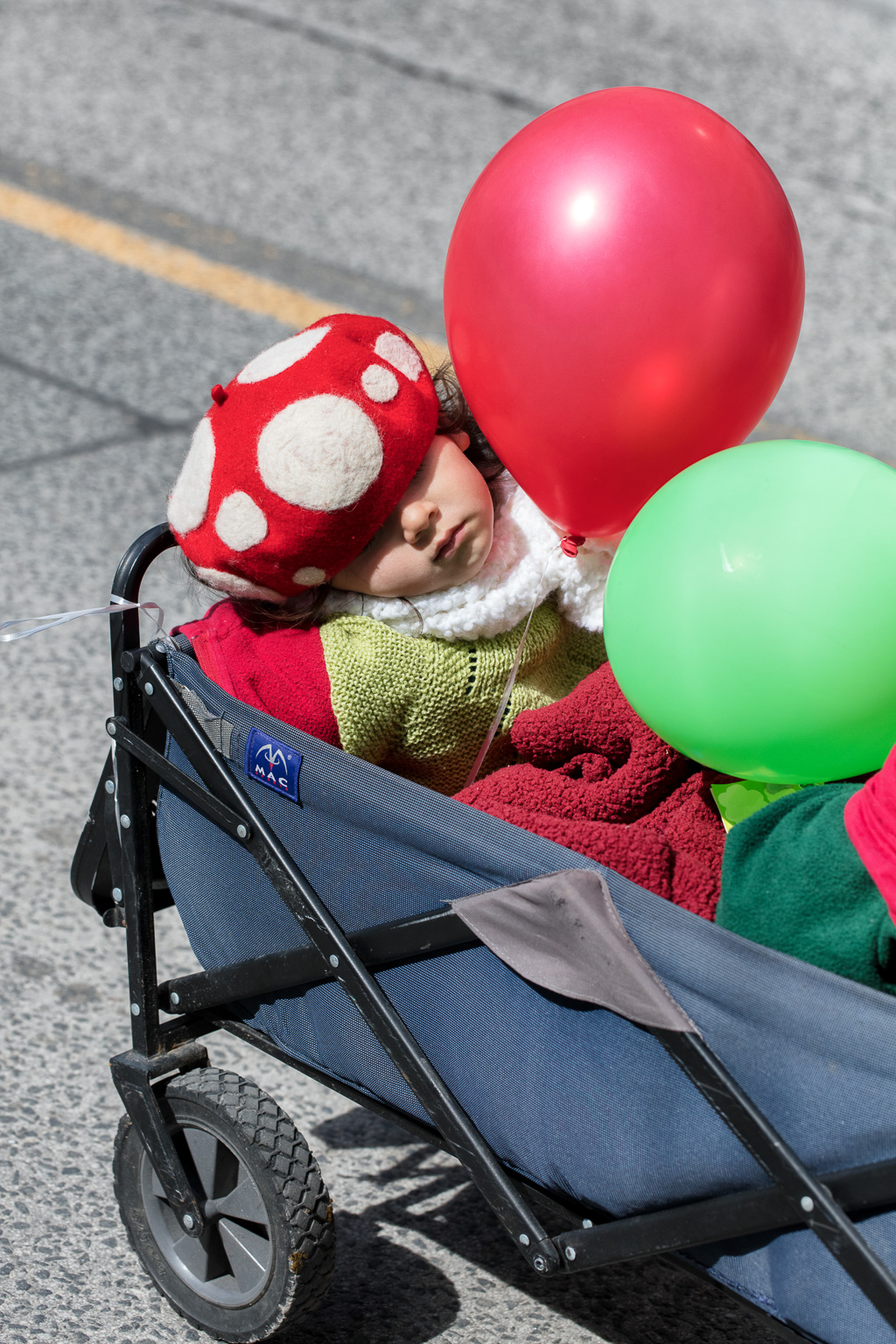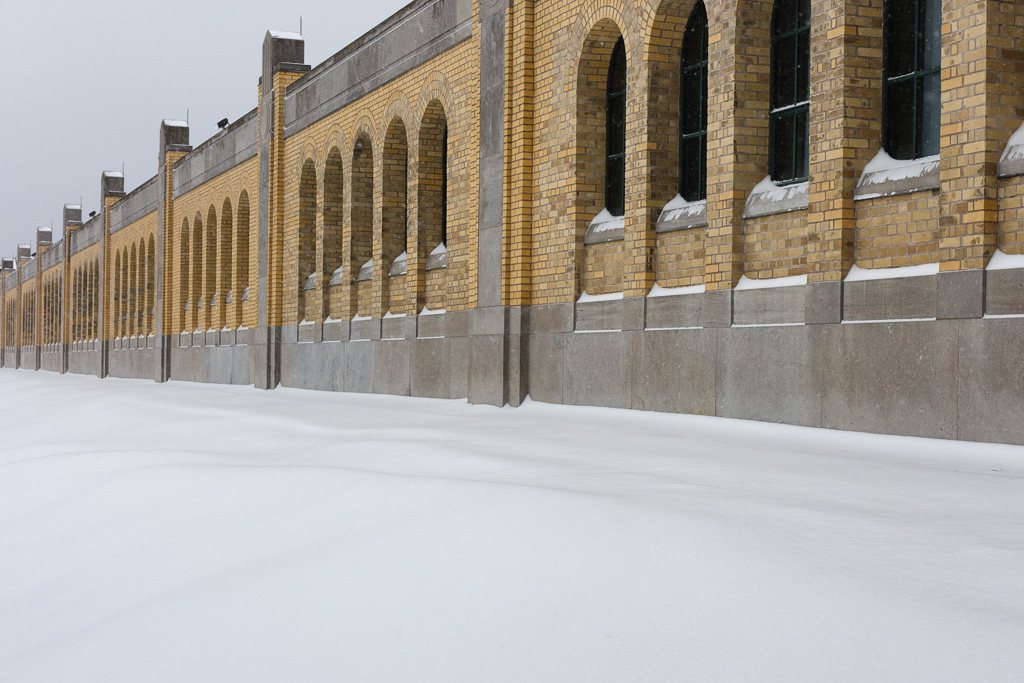Sometimes getting there first is everything. I’d been sitting on the couch in front of my TV when the phone rang. A friend who lives in a building south of me was calling while he gazed out the window of his 33rd floor apartment. “Uh, Dave, is your building on fire?” I hadn’t heard any alarms. “There are these huge clouds of black smoke but I can’t tell from here if it’s your building.” I stepped to the window and, just as my friend had said, there were huge clouds of black smoke billowing into the sky, but to the east of us. I said, “I’ve gotta go.” And then I did what comes naturally. I threw on a coat, slipped on a pair of shoes, and grabbed my camera.
I live in an interesting neighbourhood. Interesting in the sense that there’s always something happening here. The Indian consulate across the road is subject to continual protests, as is the Israeli consulate down the road. Extinction Rebellion protests on my doorstep. Psychotic screams in the middle of the night. Smashed windows in the shops across the road. Last fall, we were in lockdown, not because of a virus, but because of a suspicious piece of luggage outside our front door. The bomb squad detonated it and the concussion rattled my ribcage. The downside of living here, especially during a global pandemic, is that a sense of unease wafts through the air at all hours. The upside is that, if you’re a photographer, the opportunities for interesting shots are limitless.
On this particular occasion, our illustrious mayor, John Tory, whose only distinction from his predecessor is that he doesn’t smoke crack, had ordered a sweep of the homeless from Rosedale Valley. A few days later, someone retaliated by dousing old tires in gasoline and setting the south end of the Sherbourne Street bridge on fire. When I stepped onto the sidewalk, it was immediately obvious to me that this was a gasoline fire. Arson. Firetrucks were still arriving and fire fighters were running hoses to hydrants. Police had just appeared on the scene and were sorting out how best to contain the situation. I took advantage of the chaos to get close to the scene for my best shots, and then the police pushed me back down the street. You can see me, camera in hand, in the second photo of this CBC article.
Chaos is my friend. Chaos stirs up the conditions of an essential creative foment. Without chaos, I’d stagnate.



















